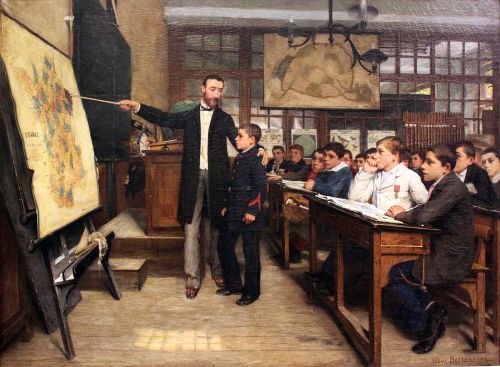Tell the Schools that it is not a choice
|
News
 Over the the last several months, numerous articles have have been published asserting that schools are teaching children as young as six or seven that they have a choice regarding their sexual orientation and gender identity. This is the absolute wrong information to be teaching children. In the New York post, Betsy McCaughey the former Lieutenant Governor of New York from 1995 to 1998 writes, "Children — as young as 5 — are being encouraged to disregard their anatomy and choose their gender.... In school it’s cool to be anything but heterosexual." Why are schools teaching information that have been scientifically demonstrated time and time again to be untrue? The mainstream scientific community and the various psychological associations have for several decades now concluded that sexual orientation and gender identity are not a conscious choice and that they can not be voluntarily changed. Educators need to be helping the heterosexual children as well as sexual and gender minority students to understand that they cannot simply choose a different sexual orientation or gender identity. Parents also need to understand that no matter what teachers are telling their heterosexual children, their sexual orientation and gender identity cannot be changed. However, this misinformation that sexual orientation and gender identity can be altered or that a person can simply choose a different sexual orientation and gender identity can lead to some very dire consequences. In the early part of the 20th century, medical and mental health professionals believed that sexual orientation in particular could be changed. It was a common misconception that heterosexuality was normal and all other deviations were a pathology. Most places in the United States and countries around the world have outlawed "conversion therapy" - sometimes known as “reparative therapy”, the discredited practice aimed at changing a person's sexual orientation or gender identity. Conversion therapy has repeatedly been likened to torture and has been linked to to depression, anxiety, drug use, homelessness, and suicide in it's recipients. Instead of teaching children that they have a choice, schools need to conveying the message that,"It's OK to be who you are, but you can't be something you are not." Heterosexuality children in particular need to be taught their sexual orientation was set/fixed long before they entered school and they can't simply choose a different one, no more then their gay and transgendered peers can change their orientations and gender identities. It is natural for children, especially very young children, to over-empathize with their peers and want to be just like them. |